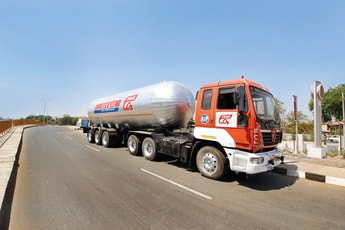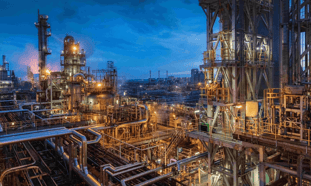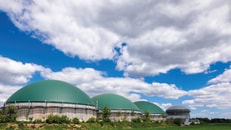Ammonia as a refrigerant : CO2 liquefaction in focus
Compression of carbon dioxide (CO2) to a supercritical state and transmission by pipeline can be a cost-effective way to move large quantities of carbon dioxide from sources to sinks.
Carbon capture and storage (CCS) and enhanced oil recovery (EOR) schemes in North America have used this method for several decades.
Pipelines are efficient, but inflexible. They can link points A and B at a very low long-term cost, but they do not offer the flexibility of a road, rail or shipping logistics network. Furthermore, the planning and construction of pipeline infrastructure can be prohibitively expensive and too slow for project developers who wish to commence operations in the next 10 years.
... to continue reading you must be subscribed























